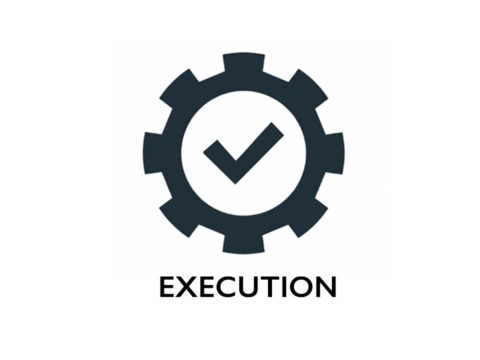Getting to Market First

Challenges in the Channel
November 3, 2011
Save Time by Boosting Your Hard Drive’s Performance
December 1, 2011By Tom Fedro
There are a number of problems that start-ups face. We can list all of the standard business problems of hiring and firing, building a team, managing cash flow, under-capitalization, over-capitalization, and about a million other variables. Interestingly, when it comes to technology start-ups, there are two particular problems that almost always arise and can be seen as opposite poles on the same magnet. Both have to do with bringing your product to market and they illustrate the balancing act that entrepreneurs face.
The first problem occurs when the desire to hit the marketplace is greater than restraint mechanisms in place to ensure the product is ready for the end user. This is especially common in the software industry, where phased rollouts and corrective updates reign supreme. Software products and bundles have become so feature-rich that effective quality control is often abandoned and companies rely on the users to point out errors that are corrected with updates. The model, though irritating, works for the giants like Microsoft because of the overwhelming share of the market commanded and the simple reality that most users have no choice but to accept the new products in order to ensure continued business operations. For a start-up, however, the tactic is dangerous. Without a commanding share of the market, releasing a subpar product not only diminishes goodwill and hurts the company, but it also presents clone companies with the opportunity to create copycat products that may work as well or better than the original. I’m not suggesting you have to be perfect in every respect before allowing a product out the door. Technology is complicated and fluid, and there will always be unforeseen events in relation to your product that will require you to focus on fixes. Make sure, however, that you’re not calling an alpha or beta product a finished product. If you sell through the channel route, your VARs will hop off of the train in no time.
And here’s the balancing act. You have to get to market. Far too many companies spend millions developing a product that never sees the light of day. If you’re too focused on perfection, you’ll never get anywhere. Oftentimes, it makes more sense to release less robust products that work simply and efficiently. Save the bells and whistles for the later versions. A solid product limited in scope may not be the ego-blooming technological advance that lands you on the cover of a tech magazine, but I can guarantee you that sales will give you the opportunity to develop the next product. With a solid stream of revenue supporting your company, you’ll be able to accomplish far more. You don’t want your company to be one that codes brilliantly for four years without ever producing a marketable product, destined to sell far below the value of the time and money put into it, and only then so the code can be torn apart and integrated into someone else’s dream.




